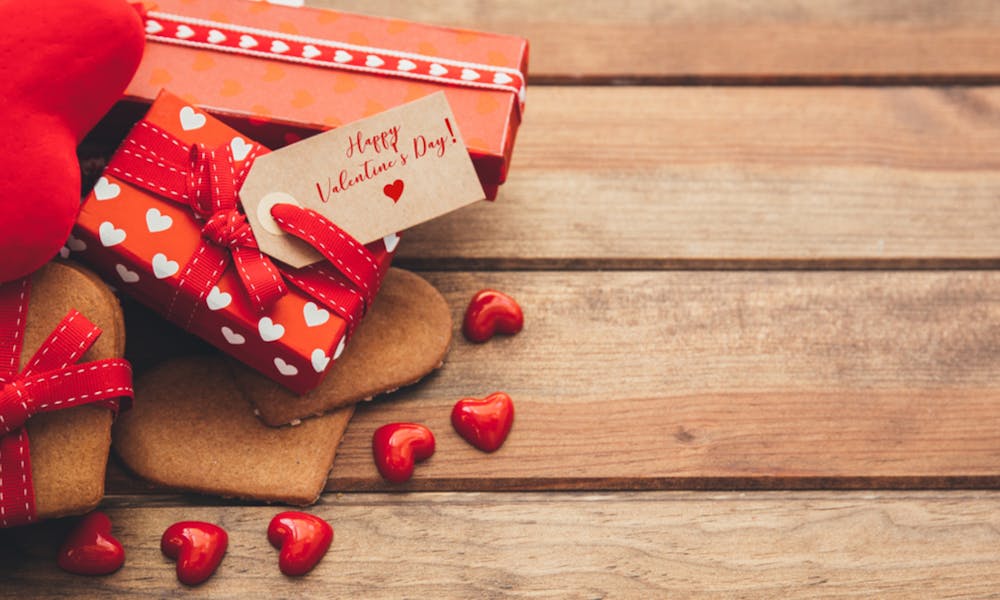MENU
The True Story Behind Valentine’s Day

Valentine’s Day is just a month away. February 14th is known as one of the most important days for couples around the world with lovers exchanging gifts and nearly 200 million roses sold. However, the day has a rich and rather strange history, going through many different forms and spanning a period of almost 2,000 years.
If you’ve ever wondered why we celebrate Valentine’s Day then hopefully our guide will explain all you need to know about the whys, hows, and wheres of the story.
Romans Beginnings

The real story of Valentine’s Day begins in ancient times. The festival most likely has its roots in a Roman Festival called Lupercalia (sometimes known as Februa), which shares a few traits in common with modern Valentine’s Day. It was a popular spring festival also celebrated in February and celebrated purity and fertility, however, the message has been cleaned up somewhat today and now involves significantly less animal sacrifice. The ancient Lupercalia celebration also featured a practice of young noble people running through the streets naked.
The titular Saint Valentine also appeared in Roman times. He was said to be a priest who was martyred for marrying Christian couples at a time when the religion was strictly outlawed in the empire. Another legend also states that he was put to death for attempting to convert Emperor Claudius to Christianity.
Religious Festival

When Christianity began to take hold in Europe the priests and bishops of the time were looking to replace the obviously pagan Lupercalia. In 496 Pope Gelasius, I declared the date to be the Feast of Saint Valentine’s with the hope of supplanting the festivities already in place.
As the middle ages rolled around and the idea of chivalry began to become popular amongst the nobility the idea of Valentine’s as the most romantic day of the year began taking hold. It is also believed that the French and English belief that this date marked the beginning of bird’s mating season. As birds are more monogamous than most other species of animals this added extra credence to this time of year as the time of celebration of love.
Modern Commercial Juggernaut

The more familiar elements of Valentine’s Day became more common in Britain in the 17th Century when it became the custom for lovers to exchange tokens of their affection on February 14th. Within a century this had spread across all social classes and by 1900 the printed cards we’re more familiar with started to go on sale.
Flowers were already a popular way to express love during the Victorian times and of course tied in beautifully with the fledgeling celebration, with the red rose becoming one of the symbols of the day. Chocolate companies also saw an opportunity to make their mark during the Valentine’s period, by selling attractive patterned chocolate boxes to loving couples. It is now estimated that around 36 million chocolate boxes are sold for the Valentine’s Day celebrations.
The festival is now celebrated across the USA, Canada, Mexico, the UK and many other European countries and only seems to be getting bigger by the year. In fact, there are often stories each year of people defying bans on the festivities in countries like Pakistan and Iran in order to celebrate a romantic evening full of hearts and flowers with their partners.
That’s the short version of the Valentine’s Day story, although this, of course, covers the key moments in the history and formation of the celebration we know and love today. How will you make Valentine’s Day special this year? Tell us in the comments.
FloraQueen has everything you need to make your Valentine’s Day a success. Surprise your love with quality roses and bouquets that will make their heart sing. We deliver to almost 100 countries so even if you can’t be with them on the day your loving gesture can bridge the distance.

